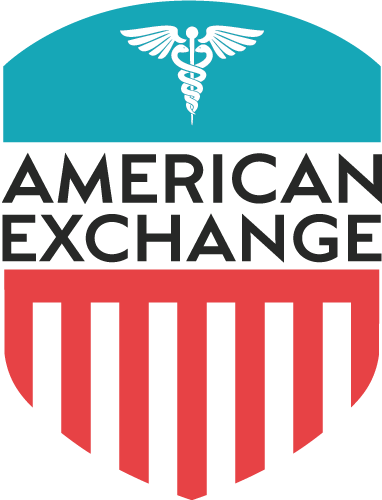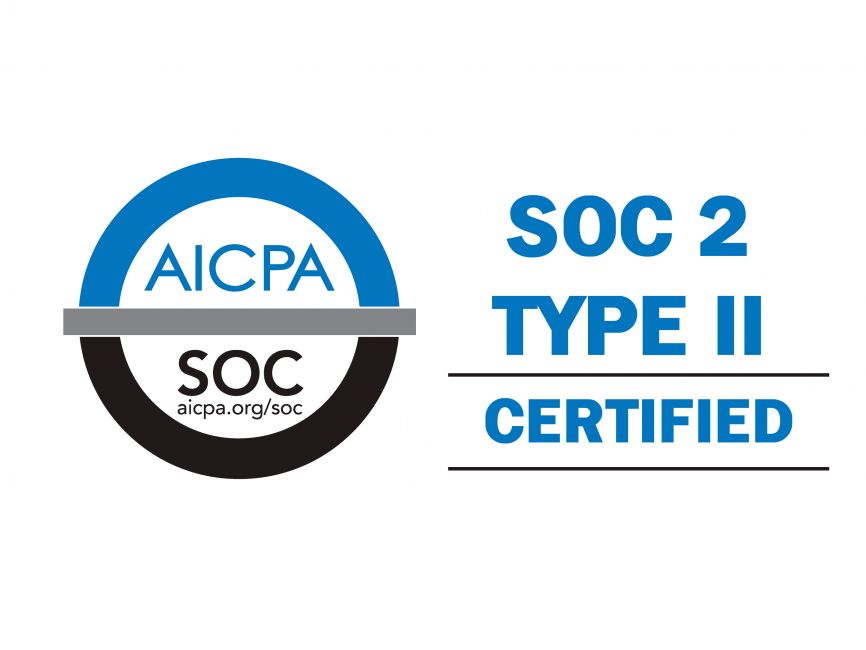In a bold step toward making healthcare more affordable, the Centers for Medicare & Medicaid Services (CMS) has entered into agreements with pharmaceutical companies for 15 high-cost drugs under Medicare Part D. This move—part of the Medicare Drug Price Negotiation Program—marks the second cycle of negotiations and represents a potential turning point in lowering prescription drug costs for millions of Americans.
What’s Happening?
Backed by the Inflation Reduction Act, the Medicare Drug Price Negotiation Program grants CMS the authority to negotiate directly with drug manufacturers. The focus is on medications that have been on the market for years without competition and contribute significantly to Medicare spending.
The second round includes 15 widely used drugs that treat conditions like:
-
Cancer
-
Heart failure
-
Diabetes
-
Autoimmune disorders
These aren’t obscure treatments—they’re vital, often life-sustaining medications that seniors and individuals with chronic illnesses rely on every day.
Why It Matters
For the more than 49 million people enrolled in Medicare Part D, these negotiations could mean:
-
Lower out-of-pocket costs
-
Improved access to essential medications
-
Better medication adherence
-
Reduced financial stress for families and caregivers
While pharmaceutical companies have launched legal challenges to the program, CMS is moving forward—demonstrating a clear commitment to transparency and affordability in the U.S. drug pricing landscape.
What’s Next?
Negotiations will continue through 2025, with new pricing expected to take effect in 2027. In the meantime, healthcare providers, advocacy groups, and Medicare recipients should stay engaged with the process and understand how changes may impact both care and costs.
For example:
-
Will these savings be passed on at the pharmacy counter?
-
How will providers adjust formularies and patient care strategies?
-
Can reinvested savings fund new services or expanded outreach?
These are essential questions—not just for policymakers, but for every organization and individual connected to Medicare.
How American Exchange Supports You
At American Exchange, we’re closely tracking this evolving policy landscape. Our team supports individuals, families, and community organizations in navigating Medicare and prescription drug benefits. We’re here to:
-
Clarify changes in eligibility and drug coverage
-
Support enrollments into Medicare Part D plans
-
Partner with providers to address patient access concerns
Lower drug prices aren’t just about dollars—they’re about dignity, health equity, and sustainable care.
Let’s Talk About What’s Next
If your organization serves Medicare-eligible populations or relies on access to these medications, now is the time to plan. The next few years will bring changes—and being informed means being empowered.
Connect with our team at American Exchange to understand how these changes may impact your services or your community.

